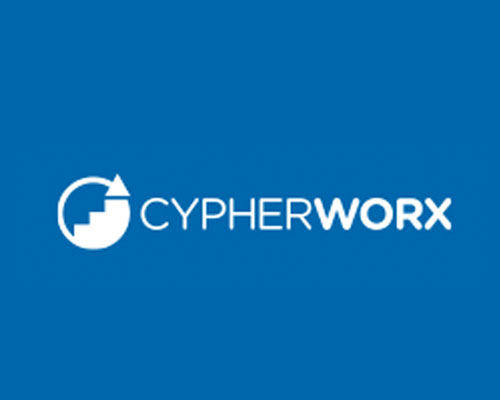As a starting point, consider when the best opportunities are to engage families. Often this is during drop-off or pick-up—but you only have a few moments. Be sure to talk about their child or children first. Then introduce what exciting things you are doing, or hand them a newsletter that outlines these. Acknowledge their crazy, busy schedule.
In addition, it's important to understand what the roadblocks are to parent participation. Homework, other children and dinner rise to the top of this list for many. How can you assist with these barriers and make families feel more included and to feel that their input, as well as their challenges, are valued? Getting a better understanding of these hurdles can help you better plan and accommodate their involvement. Consider a short survey you can hand out, or an online survey (such as Survey Monkey) that they can do at home. Express your desire to better understand why they often cannot be involved and that you want to explore ways you can assist.
If you want families to attend a meeting or planning session, provide staffing, dinner and homework assistance during the session for their children in the program as well as any siblings. What a gift this would be to them! It will elicit involvement without the burden of a later-than-normal start to their evening routine. It's important to realize that families are willing and able to be involved at varying levels. And that's OK, too.
Children also need to be included in program planning and their input and feedback listened to and, when appropriate, included in the changes and improvements that are made. They have an abundance of ideas, usually around snacks, that they are typically more than willing to share.
Surveys, questionnaires, focus groups and involvement opportunities in planning teams are all ways that both children and you, as well as their families, can be included. Don't be too quick to dismiss ideas that have been tried before that may not have worked, or that don't seem like good ideas to you. It's important to validate those ideas, which also empower individuals as well as a group to brainstorm, share and then even make some decisions and execute the plans. It's a beginning step in project-based learning and a great way to involve youth. Don't forget to evaluate how well it worked, and how it can be improved in the future as well.
Families and children bring valuable insights and ideas to the table that can help improve your program and the services being delivered. Limited parental involvement can easily frustrate your staff, but don't give up. Keep trying and be creative. It's worth the effort.
Written by Jim Murphy, Chief Program Officer, CypherWorx and one of NAA's Most Influential in Afterschool.
CypherWorx offers trainings that focus on involving children and youth, as well as their families, in program planning. More information about this and other high-quality, affordable and easily accessible courses can be found online at https://collabornation.net/ostpd.




